3 Efficient Time Management Tools
In today's fast-paced work environment, where distractions and tasks seem to multiply, finding effective ways to manage time and enhance productivity has become a vital skill.
Efficiently managing your time can help reduce feelings of overwhelm. Prioritize tasks, create a schedule, and learn to say no to non-essential commitments. Quality work is for a fact more valuable than multitasking between different tasks.
In this article we provide you with 3 efficient time management techniques: Pomodoro Technique, Eisenhower Matrix, and time blocking, to help you prioritize tasks based on their importance and to align them with your goals.
The Pomodoro Technique to Boost Productivity
One approach that has gained popularity is the Pomodoro Technique. This time management method offers a structured yet flexible way to work efficiently and maintain focus, ultimately leading to increased productivity and improved work-life balance.
How the Pomodoro Technique Works
The Pomodoro Technique emphasizes the balance between focused work and regular breaks. This balance helps prevent mental fatigue and keeps you motivated throughout your tasks.
Choose a Task: Select the task you want to work on.
Set the Timer: Set a timer for a specific period, traditionally 25 minutes, known as a "Pomodoro."
Work Intensely: Focus solely on the task at hand until the timer rings. Avoid all distractions during this time (phone on mute).
Take a Break: When the Pomodoro time is up, take a short break of around 5 minutes (coffee, breathing, fresh air, toilet, stretch, close your eyes).
Repeat: After completing four Pomodoros, take a longer break of 15-30 minutes. Then, start the process again.
Understand the Eisenhower Matrix
Named after former U.S. President Dwight Eisenhower, the Eisenhower Matrix (also known as the Urgent-Important Matrix) was popularized by Stephen Covey in his book "The 7 Habits of Highly Effective People."
This matrix (see below) offers a visual framework to categorize tasks based on their urgency and importance, ultimately guiding you towards better decision-making.
The Eisenhower Matrix is a simple 2x2 grid that classifies tasks into four categories:
Urgent and Important (Quadrant 1 below): These are tasks that demand immediate attention due to their time-sensitive nature and high significance. They often involve critical deadlines or emergencies.
Important but Not Urgent (Quadrant 2): These tasks hold great value but don't require immediate action. They involve proactive, strategic activities such as planning, skill development, and relationship-building.
Urgent but Not Important (Quadrant 3): Tasks in this quadrant demand your immediate attention but don't contribute much to your long-term goals or values. They often include phone calls, interruptions, and tasks that can be delegated or minimized.
Neither Urgent nor Important (Quadrant 4): This quadrant houses tasks that offer little to no value and should be avoided whenever possible. It encompasses time-wasting activities like scrolling through social media or watching purposeless television.
Applying the Eisenhower to your life
The power of the Eisenhower Matrix lies in its ability to provide clarity in chaos. Here's how to apply it effectively:
Identify Your Tasks: Start by listing all the tasks on your plate. This could include work assignments, personal meetings, or long-term goals.
Categorize Tasks: Place each task in the appropriate quadrant based on its urgency and importance. Be honest and objective in your assessments.
Prioritize Quadrants: Give priority to Quadrant 1 tasks due to their urgency. Once Quadrant 1 is managed, invest time in Quadrant 2 to prevent tasks from becoming urgent emergencies.
Delegate or Minimize Quadrant 3: For tasks in Quadrant 3, determine if they can be delegated to someone else or minimized to free up your time for more important matters.
Eliminate Quadrant 4: Strive to eliminate tasks in Quadrant 4 as they offer no real value. This opens up time for meaningful activities.
The Time Blocking Process
The third and final technique is time blocking, a management technique that involves dividing your day into blocks of time dedicated to specific tasks, activities, or goals. Each block is a focused period during which you dedicate your attention to a particular task, ensuring that you make progress without distractions.
This method empowers you to take control of your schedule, allocate time to specific tasks, and make the most of your day.
Define Your Goals: Start by identifying your overarching goals and priorities. Whether it's work tasks, personal projects, exercise, or relaxation, having clear objectives will guide your time blocking strategy.
Book your Calendar: Designate specific time slots in your calendar for each task or activity. These blocks should reflect your goals, energy levels, and natural rhythms. Be realistic and allow buffer time between blocks for transitions.
Protect Your Time Blocks: During each time block, commit to working solely on the assigned task. Minimize distractions, including emails, notifications, and social media. Consider turning off notifications to stay focused.
Adapt and Evaluate: As you engage in time blocking, you might discover that certain tasks take longer than expected or that your energy levels vary throughout the day. Be flexible and adjust your schedule as needed.
Review and Reflect: At the end of the day or week, review your time blocks. Assess what you accomplished, what needs improvement, and how you can optimize your schedule further.
Test to see what time management method works best for you, create your own - and be patient, new habits takes time!
Download MABL App for online mental tools here


